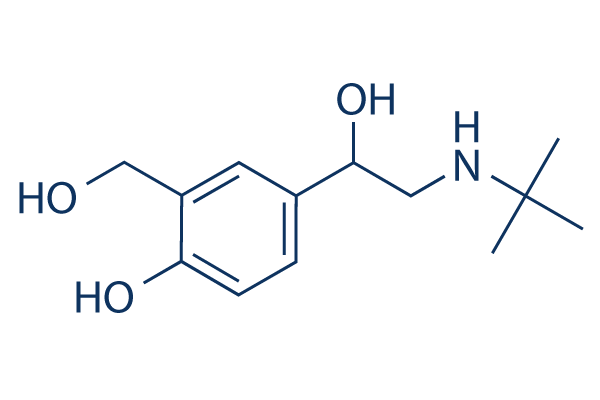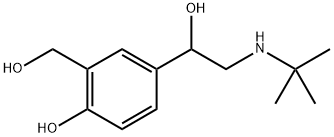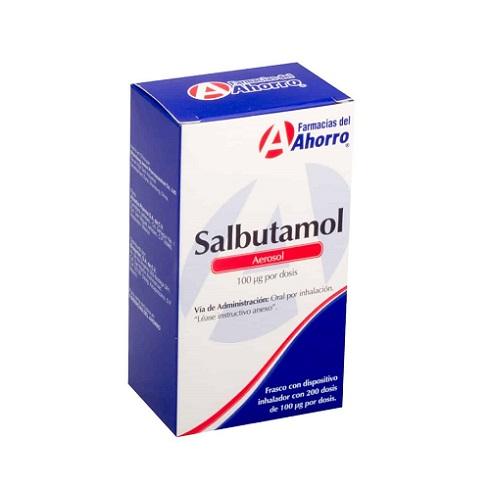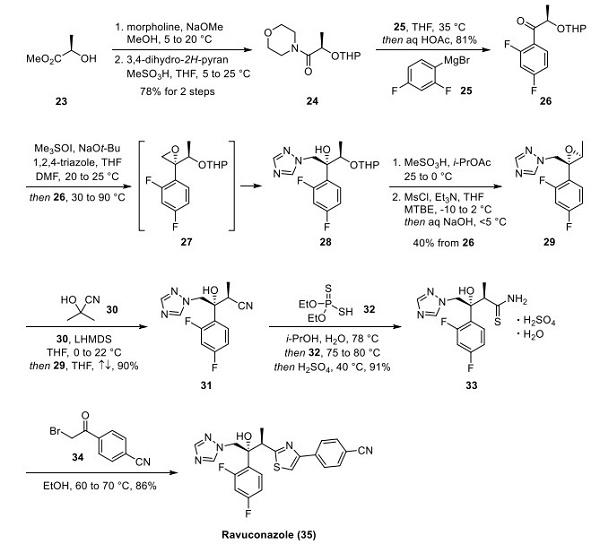Salbutamol:Uses;Mechanism of action;Interactions and More
Uses of Salbutamol
Salbutamol is a synthetic drug derived from isoprenaline. It is generally used to treat or prevent wheezing, coughing, chest tightness, and difficulty breathing caused by bronchial asthma and chronic bronchopulmonary diseases (e.g., chronic obstructive pulmonary disease, COPD). This includes chronic bronchitis and emphysema. Salbutamol is also used to prevent asthma symptoms that occur with exercise or exposure to allergens such as cat or dog fur, pollen, or house dust. Salbutamol Injection is also used to treat uncomplicated preterm labor between 22 and 37 weeks of gestation.

Mechanism of action of salbutamol
Salbutamol is a short-acting β2-adrenergic receptor agonist whose mechanism of action involves binding to and activating β2-adrenergic receptors, initiating a cascade of biochemical reactions that result in the desired physiologic effect. Specifically, salbutamol binds to the β2-adrenergic receptor, and the β2-adrenergic receptor activates adenylate cyclase, leading to the production of cyclic adenosine monophosphate (cAMP). Subsequently, cAMP activates protein kinase A, which in turn activates various proteins responsible for the desired physiological effects.
Interactions of salbutamol
Salbutamol may cause serious adverse reactions when used with the following medicines, so use with caution.
Corticosteroids, such as beclometasone dipropionate for your asthma;Diuretics or water tablets, such as furosemide;Medicine to reduce blood pressure, such as atenolol or propranolol;Medicines to control an irregular heart beat/rhythm (digoxin), or very fast pulse;Tablets prescribed for your asthma to help your breathing, including xanthine derivatives (theophylline, aminophylline); Certain medications for depression including moclobemide, phenelzine, amitriptyline, clomipramide or imipramine.
Some general anaesthetics may interact with salbutamol to cause heart problems and decrease blood pressure.
More
Salbutamol activates the NaCl cotransporter of the distal convoluted tubule. Salbutamol, in conjunction with high salt intake, induced hypertension in mice, rescued by thiazide therapy. Phosphoproteomics identified protein phosphatase 1/inhibitor 1 as a distinct regulatory node for NaCl cotransporter activation by salbutamol, which did not activate the transporter in inhibitor 1 knockout mice. Salbutamol is widely used in respiratory medicine, and the acquisition of salt sensitivity may be relevant to understanding cardiovascular risk in certain patients.
A prospective cohort study of children admitted to hospital with acute asthma, who received intravenous salbutamol.Setting: Children were recruited in two cohorts: the emergency departments of two London hospitals or those retrieved by the Children's Acute Transport Service to three London paediatric intensive care units.Patients: Patients were eligible if aged 1-15 years, admitted for acute asthma and about to receive or receiving intravenous salbutamol.Interventions: Treatment was according to local policy. Serial salbutamol plasma levels were taken. Effectiveness measurements were recorded using the Paediatric Asthma Severity Score (PASS).
Toxicity measurements included lactate, pH, glucose, heart rate, blood pressure and arrhythmias. PKPD modelling was performed with non-linear mixed-effect models.Main outcomes: Fifty-eight children were recruited with 221 salbutamol concentration measurements from 54 children. Median (range) age was 2.9 (1.1-15.2) years, and weight was 13.6 (8-57.3) kg. Ninety-five PASS measurements and 2078 toxicity measurements were obtained.Results: A two-compartment PK model adequately described the time course of salbutamol-plasma concentrations. An EMAX (maximum drug effect) concentration-effect relationship described PASS and toxicity measures. PKPD simulations showed an infusion of 0.5 µg/kg/min (maximum 20 µg/min) for 4 hours after bolus achieves >90% maximal bronchodilation for 12 hours.Conclusions: A paediatric PKPD model for salbutamol is described. An infusion of 0.5 µg/kg/min after bolus achieves effective bronchodilation. Higher rates are associated with greater tachycardia and hyperglycaemia.
References:
[1] BAILEY M A. Salbutamol and salt-sensitive hypertension[J]. Kidney international, 2021, 100 2: Pages 272-275. DOI:10.1016/j.kint.2021.05.023.
[2] SANDRA WALSH. Optimising intravenous salbutamol in children: a phase 2 study.[J]. Archives of Disease in Childhood, 2023, 108 4: 316-322. DOI:10.1136/archdischild-2022-324008.
You may like
Related articles And Qustion
See also
Lastest Price from Salbutamol manufacturers

US $10.00/box2025-07-31
- CAS:
- 18559-94-9
- Min. Order:
- 1box
- Purity:
- 99.99%
- Supply Ability:
- 9999

US $30.00-10.00/g2025-04-21
- CAS:
- 18559-94-9
- Min. Order:
- 100g
- Purity:
- 99%
- Supply Ability:
- 1000kg



